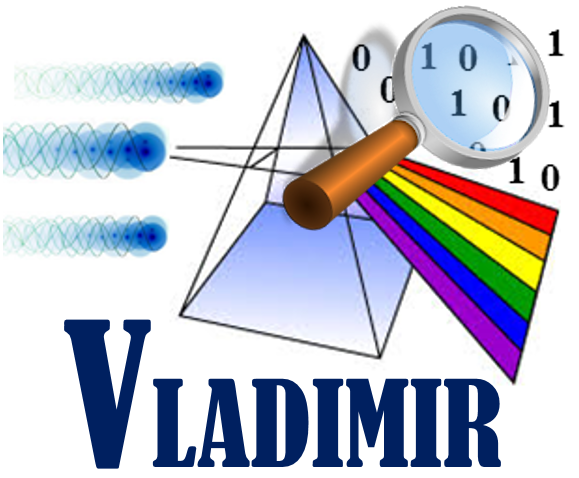
End: 31/10/2020
Funding: European
Status: Completed
Acronym: VLADIMIR
Code: 777222
Lighting is present in most indoor areas. Apart from illumination, lighting infrastructure can be used for data communication using Visible Light Communication (VLC) technology. VLC encodes the dta into fast changes on the intensity of the LED light and, at the receiver, these intensity fluctuations are detected using a Photodiode. So far, the presence of opaque objects inside the room has been considered as a disadvantage for VLC, as they affect the intensity of the optical wireless signal that is received. Nevertheless, if the optical power that is scattered back on the different visible light wavelengths (or colours) is properly characterised, lighting can be also used for indoor monitoring purposes, eliminating the necessity of redundant sensing devices or surveillance video cameras. Such VLC-based activity recognition systems would pave the way for the implementation of a myriad of new applications, including the health monitoring of individuals, the fall detection of elderly people, contextual awareness and activity recognition for energy efficient smart buildings.
The main objective of VLADIMIR project is to demonstrate the feasibility of implementing a monitoring system for indoor areas sensing the variations that the optical wireless channel experiences when a “target” event takes place. To achieve this goal, the effect that the status of the indoor area causes on the VLC signal will be studied. More specifically, the VLADIMIR project will:
- Define the indoor monitoring scenario and identify the relevant theoretical framework that is needed.
- Develop a software-defined VLC demonstrator using RGB LEDs as transmitters.
- Perform measurements on the optical power delay profile of the VLC signal that is reflected back, identifying the event (or status of the indoor area) that most likely caused it.
When compared to State-of-the-Art (SotA) technologies, the implementation of a monitoring system based on VLC signals has many advantages. For example, active monitoring systems using video cameras demand a line-of-sight condition, have privacy-related issues and cannot be used in all kinds of environments. On the other hand, passive monitoring systems that detect the effect of human motion on RF communication systems (e.g., Wi-Fi signals) have a limited performance due to: the presence of strong RF signal reflections, the existence of random in-band interference coming from other RF devices using the same 2.4 GHz ISM band and the limited frequency selectivity that exists due to the RF signal is concentrated in a relatively narrow band. On the other hand, as the VLC system utilises a much wider communication bandwidth (i.e., between 430-770 THz), it is possible to identify not only the presence of an obstacle, but also the kind of obstacle that most likely created the reflected optical power profile that is sensed. Finally, VLC systems could be utilised in indoor areas where RF systems are prohibited, such as hospitals, day-care centres and schools.
Coordinator
